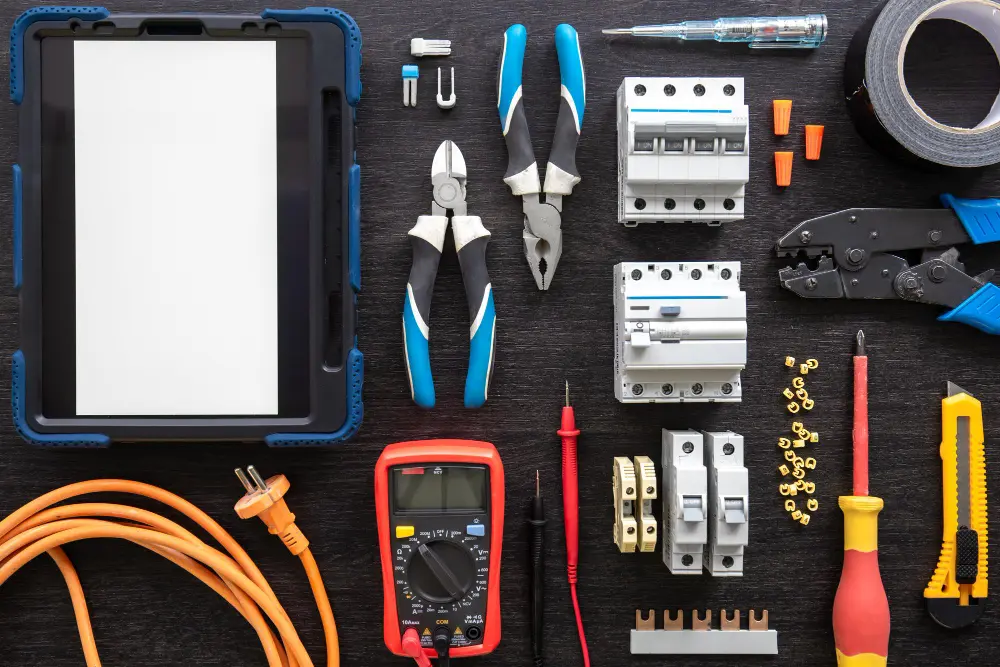What’s the Types of Solar Inverters?
Table of Contents
ToggleSolar panels produce direct current (DC) energy, while homes and grids utilize alternating current (AC) power. Connecting the two requires a critical conversion device – the solar inverter. But not all inverters are equal. Different design approaches suit various applications. Let’s compare four common solar inverter architectures.
- String inverters are the conventional centralized design
- Microinverters dedicate an inverter to each panel
- Optimizers boost panel-level performance before central conversion
- Hybrid inverters combine centralized and micro functions
Solar panels output variable DC power levels based on conditions like weather and shading. Inverters convert this power to grid-standard AC electricity. Their configuration directly impacts system performance, monitoring, and reliability.
Types of Solar Inverters – 4 Major Variations
Here are some of the most common variations of solar inverters:
Solar String Inverters
The traditional approach utilizes a single centralized string inverter for an entire array. Multiple solar panels wire in series into long strings to match the inverter’s DC input voltage range[1]. The inverter synchronizes their combined power output to the AC grid.
Central Inverters offer simplicity with just one conversion box. High voltage operation also minimizes conduction losses compared to microinverters. But shading impacts entire strings – one underperforming solar panel drags all others down.
Microinverters
Microinverter systems feature a small inverter attached under each solar panel instead of stringing panels together. This gives panels independent control over their output. The grid ties each panel’s AC power together.
By converting at the panel, microinverters avoid mismatch losses from shading and outages. You can also monitor each panel’s productivity. But the distribution approach costs more than centralized designs and conduction losses are higher.
Power Optimizers
Optimizer systems take a hybrid approach. A power optimizer module connects to each solar panel to rectify voltage and maximize the output. Panels wire together into centralized strings, leading to standard string inverters.
The optimizers mitigate mismatch, shading issues, and monitoring at the panel level before DC transmission. You get strong performance without the cost and distribution complexity of microinverters.
Hybrid Inverters
Hybrid inverters incorporate both string and microinverter functionality into one enclosure. A centralized input handles multiple DC panel strings while dedicated outputs tie into individual panels.
This combines the performance advantages of panel-level management with high-voltage DC conversion and grid interaction of string technology. It provides flexibility to handle complex arrays with partial shading limitations.
Conclusion
Solar inverter technology keeps advancing beyond traditional string designs to extract maximum renewable energy. Microinverters and optimizers address module mismatch issues for optimum panel utilization. Hybrid inverters integrate the best-centralized topology with distributed capabilities.
There’s no universally superior solar inverter approach – different configurations suit various solar array architectures and sites. Working with experienced technical specialists helps navigate the best inverter selection to maximize system performance while keeping lifecycle costs in check.
For professional guidance on specialized solar power electronics backed by a global manufacturing footprint, system owners worldwide turn to TOSUNlux. Their full spectrum of quality solar inverters empowers renewable energy developers to build high-efficiency solar plants with confidence.
Tel: +86-577-88671000
E-mail: ceo@tosun.com
Skype: tosunelectric
Wechat: +86-139 6881 9286
WhatsApp: +86-139 0587 7291
Address: Room No.1001 Wenzhou Fortune Center,Station Road, Wenzhou, China
REQUEST A QUOTE
WhatsApp us
 : +86-139 0587 7291
: +86-139 0587 7291 English
English Español
Español Русский
Русский Français
Français العربية
العربية Português do Brasil
Português do Brasil Українська
Українська Türkçe
Türkçe Polski
Polski Nederlands
Nederlands Italiano
Italiano Bahasa Indonesia
Bahasa Indonesia हिन्दी
हिन्दी اردو
اردو አማርኛ
አማርኛ Հայերեն
Հայերեն ไทย
ไทย Монгол
Монгол فارسی
فارسی Shqip
Shqip Ελληνικά
Ελληνικά


